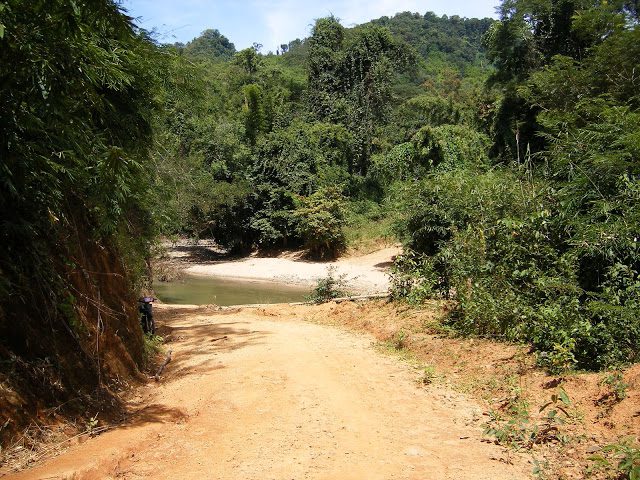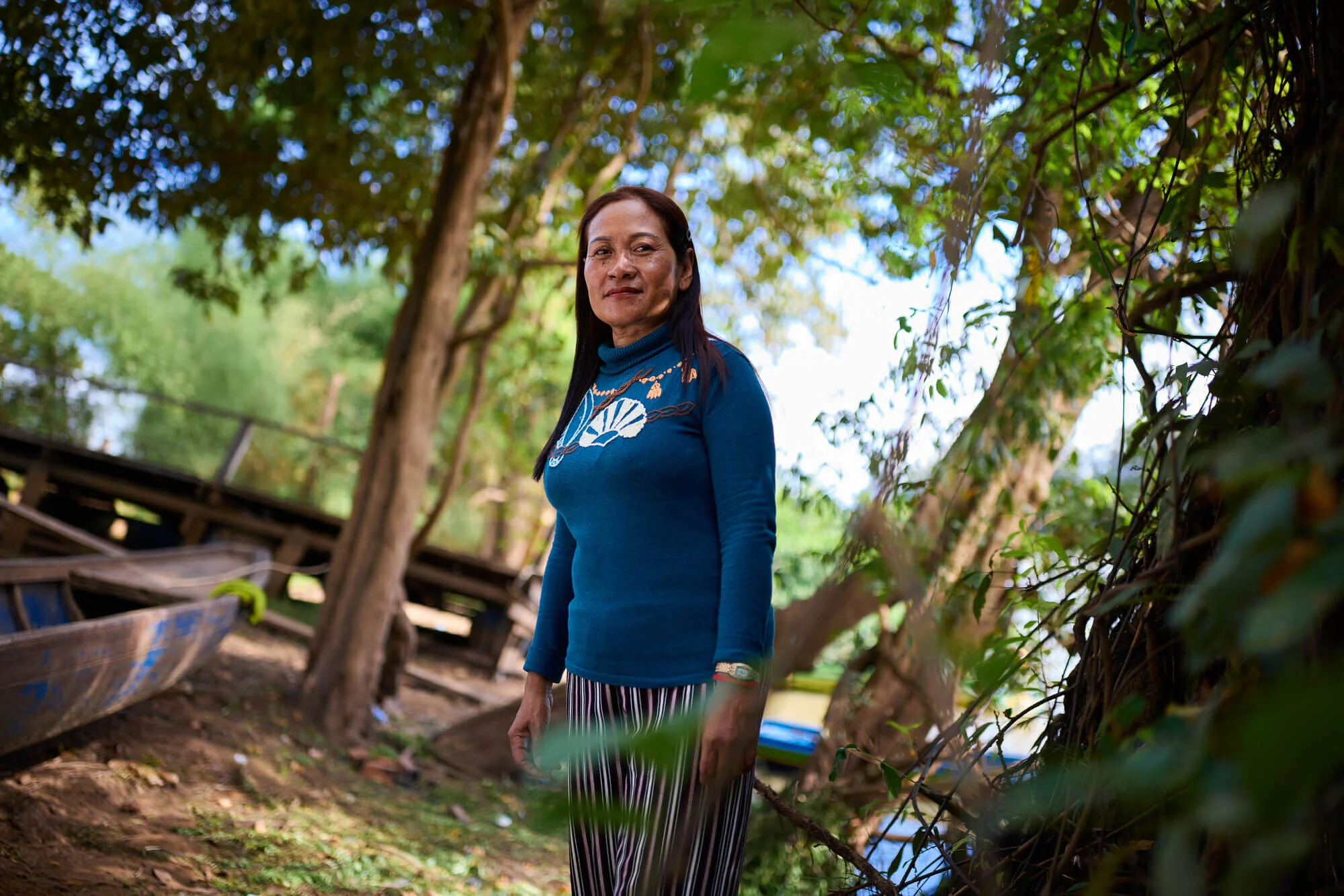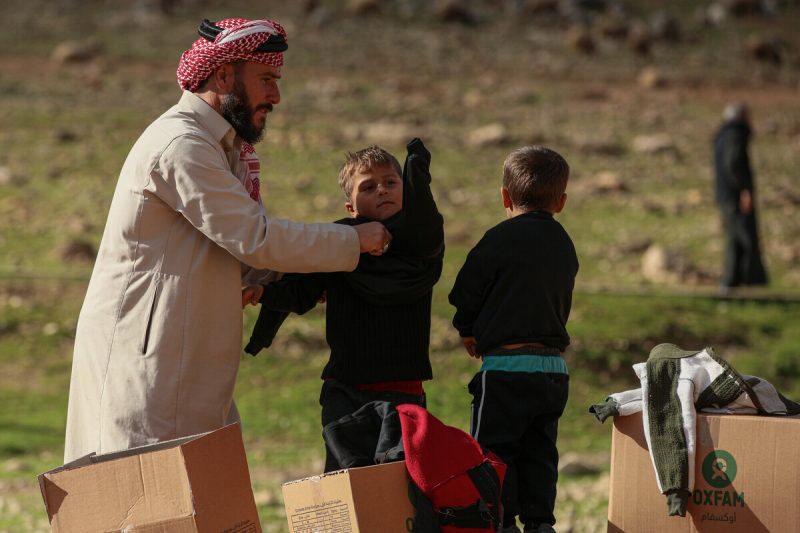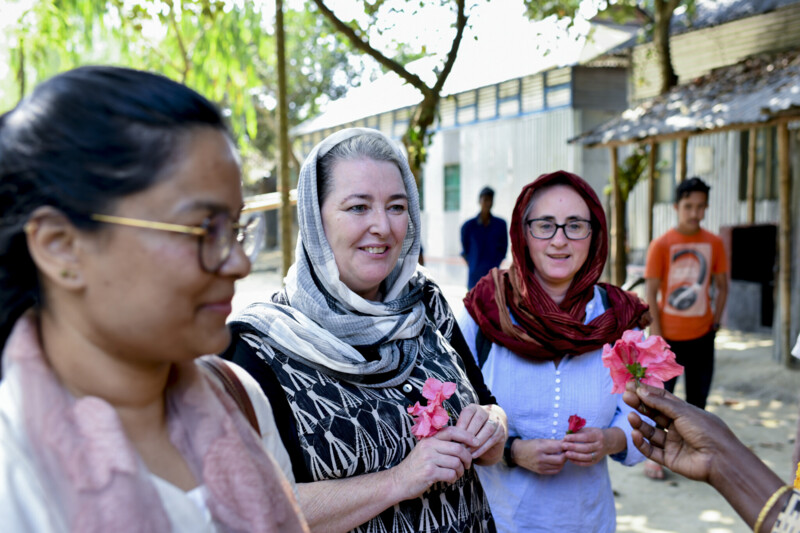Ever wonder what it’d be like to work for Oxfam in the field? Here, our Disaster Risk Reduction program manager in Laos, Manish Mehta, gives an all-access glimpse into a typically atypical day on the job! (Adapted from an original post on his blog, Lao the coolest!)
Where: Kalum district, Sekong province, Lao PDR.
Who: Pik, Khambay, Somkhit and Manish from Oxfam Australia, Mr. Keoudon (Head of District Development office), Mr. Seoung Sack (Head of Labour and social welfare)
Hitting the road
My day started with a team meeting in the Kalum district office, where we decided it’d be good to visit one or two villages today.
We had to take district government staff with us so Khambay quickly arranged it. Along with two government officers, Pik, Khambay, Somkhit and myself packed into our Hilux!! Being the only lady, Pik had the advantage of sitting in the front seat, while we five men were packed in back seat … None of us were on hefty side, so we somehow fitted in.
Sekong River flows just a few metres away from Kalum Town, around 100m wide and 8-9 m deep. We had to cross the river in our car using the pontoon (raft) services available. We took only 10 minutes to cross the river.
We had to take the dirt road through the undulating hills, forest and mountains. The road — or rather, track — was carved in 2010; before 2010 the villages were only accessible on foot.
This was one of the most beautiful places I’ve ever been to: lush green mountains, continuously flowing river on one side. The beauty of nature made me forget my discomfort.
In 45 minutes we had to cross the river again. This time it was a shallow portion of river where a car can pass over big bedrocks and shallow water. The river here is calm, not so difficult to cross. There’s a bamboo bridge for pedestrians as well.
After that we started climbing the mountain, then after a 30-minute journey we reached the river again: a very similar crossing, shallow water, solid big rocks so not difficult for our car to cross. At the same time, a good bamboo bridge for pedestrians and small bikes to cross over.
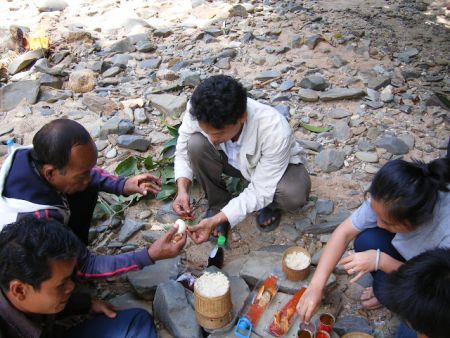
It was around 11.15am so we decided to break for lunch. We walked over the bamboo bridge and along the river until we found a good flat place, where we quickly prepared some flat rocks to keep the food and to sit on. Khambay brought some dry branches and leaves to roast the dry red chillies; we cut used water bottles vertically in half to keep the fish, and the food was ready in 10 minutes.
After finishing lunch, government officer Mr Keoudon collected all rubbish and cleaned the place and made it like we never had lunch there.
Village visits
Continuing our journey further, we reached Jing village in less than 10 minutes. Suddenly I realised that I was missing my camera! So the driver, Pik and I decided to go back to the lunch place and conduct a search. I found my camera right at the place where we took lunch!! How lucky am I?
Back at Jing village, the villagers started coming in. Many of them were on the mountain taking care of rice so we could only gather 12 people (10 men , two women).
Our purpose was to conduct a quick PCVA (participatory capacity and vulnerability analysis). [NB: for the team’s findings, check out Manish’s original blog post]
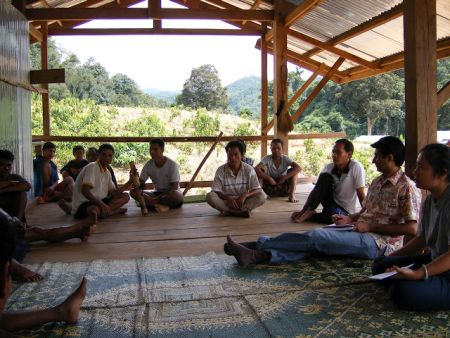
At around 2.5pm, we completed our analysis and decided to visit the next village, Song Khon, around 10 minutes’ drive away.
We visited one farmer who was a beneficiary of our irrigation scheme, ate some sugarcane at his place and started our journey back to Kalum at around 3:15.
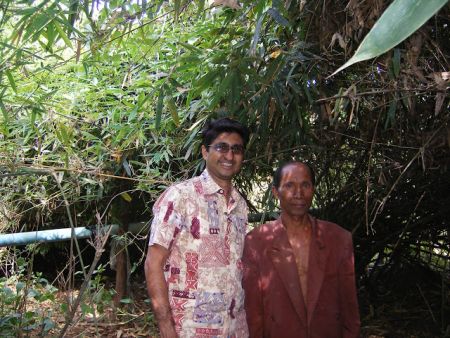
Keep on truckin’
We passed by Jing, crossed the river and when we reached the second crossing, we saw that a big truck full of steel bars was stuck in the river.
This was going to be a nightmare. If a truck couldn’t cross the river, we couldn’t cross either.
Meanwhile, the sun started going down and the evening was quickly approaching.
We parked our car and started helping the truck guys in pushing and pulling the rocks beneath the big wheels! We did all we could … but failed to bring the truck out. The tail part of chassis got stuck on a big rock. The truck driver did two failed attempts to pull the truck back and forth.
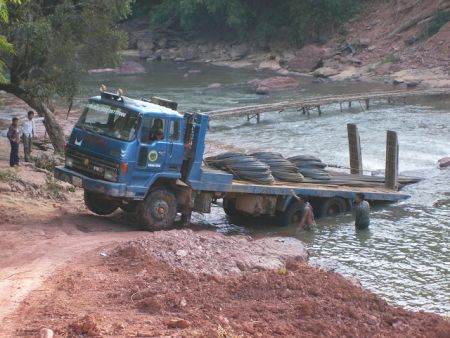
We started discussing our options. Should we go back and stay in Jing village overnight? Or should we call another car? The government officer had an important meeting next day so we decided to call the district office and request a car — but there was no mobile signal! So Khambay and one of the government officers took our car to a high point and called the district office. Fortunately, the district governor was in town and he kindly agreed to send his car.
We decided to leave our car and driver there. I gave him enough money to stay overnight and pay for the pontoon and we started walking. We crossed the bamboo bridge and had been walking for about 15 minutes when suddenly we heard the sound of a car climbing the mountain behind us. Bingo!
The truck had got clear, and we could cross the river. Back in our car, we started inching towards the district town. Soon afterwards, we met the district car. The government officers got into that while the rest of us moved on.
Arriving at the pontoon first, we decided to wait for the other car but it took a bit longer so we started worrying. After 15 minutes, we decided to send our car back to find it. We found out that after we left, dirt got in the district car’s exhaust pipe and it stopped.
Finally both cars arrived at the pontoon and 10 minutes later we were on the other side of the river, safe and comfortable.
What a day it was!
Find out more
Read more about Oxfam’s work in Laos
Learn more about disaster risk reduction
